The new UV camera can detect UV radiation with very high sensitivity and delivers undistorted images of fast-moving object applications with high framerates while special UV optics lead to extraordinary spectral sensitivity.
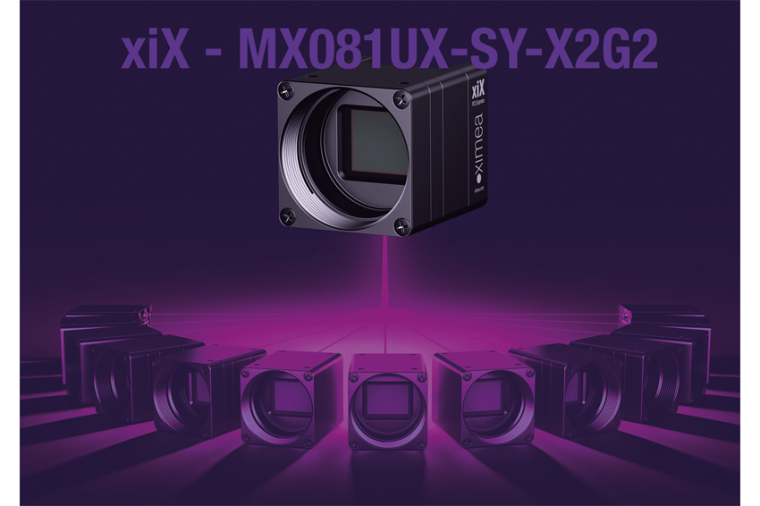
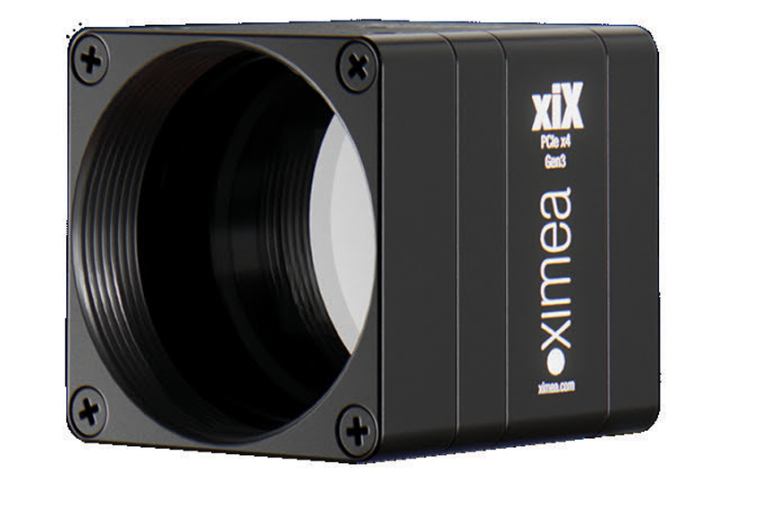
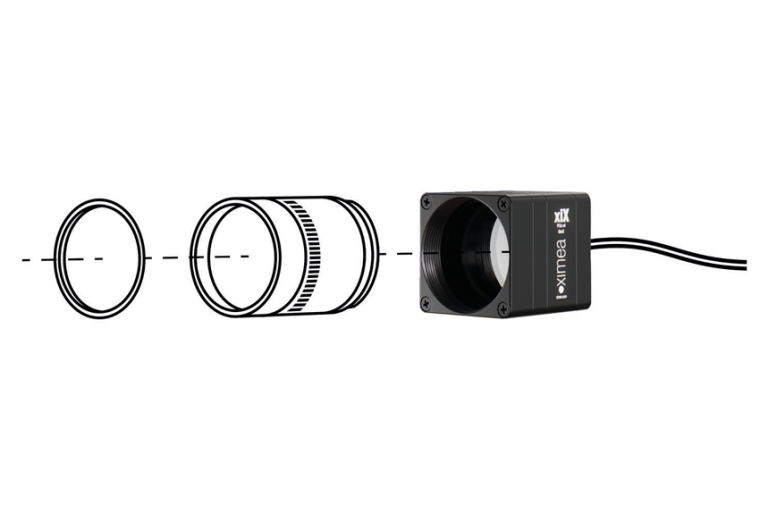
While the human eye (human sensitivity) is limited/restricted to the spectral range of 400-750 nm, many animal species such as bats, fishes, and certain insects (e. g. bees) use an extended spectral sensitivity to scan, sense, and classify their environment. Here, extended sensitivity in the UV range is essential for survival.
Meeting highest standards
In contrary, humans still rely physiologically on the visual inspection using visible light (VIS) for process control, inspection, and quality assurance. Accordingly, in many cases the identification of product anomalies/-defects such as scratches, holes, or just small uneven surfaces is performed by computational power and integration of complex algorithms for classification and training using neuronal networks (i. e., artificial intelligence) with criteria derived from the human perception.
Nowadays products as well as the overall production pipelines have to fulfil even higher standards concerning throughput, traceability, and quality assurance, setting new requirements on the camera systems in terms of temporal resolution and latency for product-anomaly detection in real-time. To avoid the necessity of implementation of complex search and classification algorithms, which are fundamentally required in the VIS range, changing the illumination into UV finally leads to a material-specific absorption behavior, enabling easier distinguishable small product-defects and anomalies from functional areas (higher contrast).
Placed at the lower end of the electromagnetic spectrum, UV closes the gap between the X-ray and the visible spectrum. As the most energy-containing radiation of sunlight, UV radiation is classified into three major classes (UV-A, UV-B, and UV-C). While UV-C contains the highest energy covering a spectral range of 100 to 280 nm, UV-B covers 280 to 315 nm followed by UV-A with 315 to 380 nm, closing the gap to the visible spectrum.
Producing UV-optics
While UV-C is known to be the most cancerogenic radiation, leading to irreversible DNA damage, its low penetration depth as well as the strong material-specific absorption behavior offers a broad range of possible applications. Exactly this high degree of absorptivity of UV by carbon-, nitrogen- and water molecules (as main ingredients of the human body), makes it highly attractive for academic research, medical instrumentation, and industrial applications (see application section for details).
However, due to the increased absorption and optical scattering with decreasing wavelength, UV-optics (lenses) cannot be fabricated as easily when compared to VIS and IR lenses. Thus, smallest optical surface inhomogeneities (such as blemishes, contaminations, and errors) cause a significant scattering, leading to reduced product quality and fabrication system throughput. Furthermore, scattering of light can result in energy loss, poorer efficiency of the optical system, and false signals in applications with image sensors or other detectors. Moreover, intense UV light causes bleaching of the substrate, change of chemical properties, and can lead to the destruction of the optical material itself.
To account for such optical effects, UV-specific optical materials have a greater dispersion than those for visible or IR light and lead to significant aberrations in broadband UV applications. Thus, many optical UV systems contain refractive optics that prevent dispersion within the material as well as UV substrates that must transmit the entire desired wavelength range and be almost perfectly polished. Common UV-transmitting substrates such as quartz glass, calcium fluoride, sapphire, and borosilicate, can provide these high characteristic material demands and have a significantly reduced probability of multiphoton-absorption.
Besides these optical material challenges the UV imaging system has to offer a sensor capable of capturing the relevant spectrum with a high spatial and temporal resolution. Leveraging the potential of the Sony IMX487 Ximea is expanding the UV camera portfolio with the MX081UX-SY-X2G2 camera model to fill the void.
Technical aspects
Aiming to detect UV-A, UV-B, and UV-C radiation, this camera is specially designed to operate under low-light conditions, where an extended UV sensitivity as well as high-speed is highly required. Moreover, this camera has to fit into spatially restricted areas (tight conditions) and work properly under strenuous environmental conditions with a high demand for precision and repeatability such as required for e. g. optical microscopy system, inline product inspection, and quality assurance in general.
To fulfil these requirements Ximea’s latest UV camera, MX081UX-SY-X2G2, is based on the long-term established xiX camera series with a PCI Express Gen2 Interface (-X2G2). By using the newest 8.1 Mpix Sony IMX487 CMOS sensor, the spectral range is extended from NIR, and VIS, into the deeper UV regime covering a maximal range from 200 to 1000 nm. Due to the backside illuminated sensor architecture (BSI), the sensor can detect UV radiation with even higher sensitivity. Combined with Sony’s Pregius S global shutter pixel technology, this sensor enables to delivery of undistorted images even of fast-moving object applications with high framerates. Besides, the sensor architecture itself, specialized UV optics/glasses (quartz glasses with high UV transmittance) are utilized covering the image sensor and focusing UV light on the chip, leading to an extraordinary spectral sensitivity (QE >20 percent) in the high-energy UV range.
Besides, its expanded spectral UV sensitivity and high spatiotemporal resolution, a remarkable feature of our new camera is still its compact dimensionality (26/26/31 mm (h/w/d) with a total weight of 30 g, this camera design matches nearly all instrumental conditions, enabling improved detection in a wide, versatile range of scientific and industrial applications. To ensure the highest contrast and best image quality, a high-precision UV lens/optics extended with an optical filter should be added/used in front of the camera.
Crucial camera electronics
In addition to suitable optics, the overall system also requires a camera electronics in order to quantify the optical information and transfer it to the host at least. Here, Ximea utilizes the I/O-sensor interfaces available as to variants. While the SLVS (4/8 channel) provides a maximal output up to 297 Mbps per channel, using SLVS-EC (1/2/4/8 lanes) leads to 1.188 Gbps per lane, respectively. According to the used I/O interface, Ximea offers two XIX models version interfacing PCIe Gen2 x2 lanes (10 Gbits/s) and PCIe Gen3 x4 lanes (32 Gbits/s), enabling framerates of 59 fps and 194 fps, respectively.
As usual for all Ximea camera models, the MX081UX-SY-X2G2 also supports multiple vision libraries and tools (i.e., Mathworks Matlab, Python, Open CV, Micromanager, Labview), therefore allowing for an easy handling, control, and system integration.
Application
The wide pool of possible applications for this detector ranges from research, over industrial to life science applications. Industry, specifically the mass production of semiconductors (flaw inspection) and printing inspection, pushes more and more into the high spatiotemporal regime, requesting higher throughput and distinguishability of individual components. Moreover, striving for more sustainability, especially in the recycling industry, mainly demands new camera technologies with expanded UV sensitivity. Thus, enabling the distinction of more materials such as VIS-transparent plastics (Polyethylene, PET) by differentiation based on material- specific absorption.
Besides the inorganic UV applications, many biologically relevant molecules/ organic molecules such as flavonoids, coumarin, and phenol (secondary plant metabolite), highly associated with cellular stress, have spectral signatures in the UV. Utilizing UV-sensitive cameras, allows us to study and characterize the growth behavior of plants under harsh environmental conditions such as droughts and floods. Thus, they can be used to fight against famine.
Following the latest trends in life science, specific spectroscopy techniques including UV absorption spectroscopic imaging techniques such as UV/VIS- and UV-Raman spectroscopy/imaging, significantly benefit from this extraordinary UV-sensitivity, expanding the scientific usage into many fields such as forensic, plant science, astronomy, and atmospheric chemistry.
Finally, besides the common trends, the electric infrastructure might significantly benefit from this UV sensitivity. Here, high-voltage power lines (length >10 km) are of major importance for electricity infrastructure companies. Identifying defaults in the early stage as well as enlarging the diagnosis capacity by implementing efficient inspection processes are required to ensure 24/7 power grid reliability. In specific, defaults such as “Corona discharges” (causing ionization of the air surrounding a high-voltage conductor) produce a UV-glowing plasma, which generally occurs at defective points of the conductor. Since corona discharges indicate unstable/defect points within the electrical infrastructure, cameras suitable to detect these defects significantly increase the overall efficiency of such electric systems.
Outlook
Following the latest trends, Ximea will significantly advance the development of its UV-sensitive cameras in terms of expanding the sensor diversity, modified mechanics (cabling, form factors, etc.), and the latest state-of-art interfaces. As a technology-driven company, Ximea can react fast and flexibly to the current market situation and can provide customized camera solutions fulfilling all demands from clients in fundamental science and industrial applications.
Author
Jan-Hendrik Budde
Key Account Manager Ximea
most read
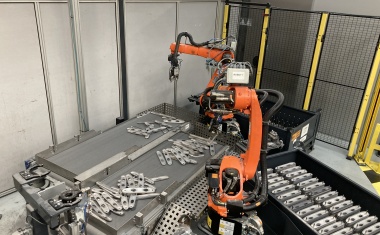
Targeted Grasping of the Right Object
2D Images Combined with Deep Learning Enable Robust Detection Rates
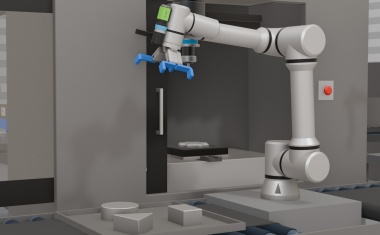
Productivity Boost for the Frontline
Machine Vision and AMRs as Part of AI-Driven Strategies in Manufacturing and Warehouse Operations
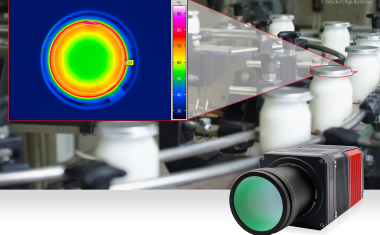
MWIR system camera for continuous industrial operation
Entry into infrared imaging
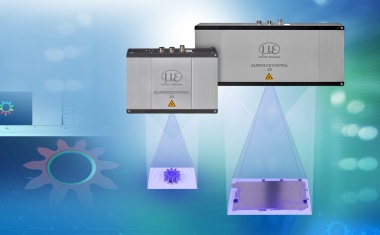

There’s a Large Hippo Resting in the Mud
Virtual Video Safaris for Blind and Visually Impaired People







